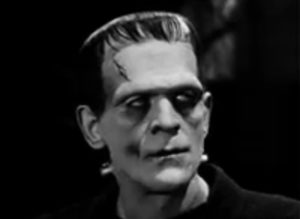In the The importance of being Ernest “Jack” Worthing and Algernon are two close best friends who use the Ernest to escape their personal lives. They are attempting to win the hearts of two women who only love the name, Ernest which they told them. Their struggle to keep up with their own lies, disguise and misconception are a key factor in this play. In Act I, Jack known as Ernest has come over Algernon’s house to prepare to propose to his cousin, Gwendolen. Algernon figures out that Jack uses two names. Jack in the country and Ernest when he comes to the city. Gwendolen and her mother visit Algernon and Jack proposes to Gwendolen and her mother disagrees with this idea due to her morals. In Act II, Cecily is in the garden with Miss Prism when Algernon arrives pretending to be Jack’s older brother Ernest and she instantly falls in love with him. Both Jack and Algernon are pretending to be Ernest and both have to keep their lies a secret until, both women say they are engaged to Ernest therefore exposing themselves. In Act III, Algernon and Cecily are engaged and Miss Prism admits to leaving her baby at Victoria Station where Jack was found. The truth comes out that Jack is Algernon’s brother and Gwendolen’s mom accepts the idea of marriage for Jack and her due to find finding his relations. In correlation to the name Ernest, Jack’s dad’s name was Ernest.
The set in the first act took place in Algernon’s parlor where it seemed more sophisticated, high social class, witty, and was wealthy. This was depicted due to how the furniture looked and was placed in correlation to objects as well as the fact that he had a butler implied his wealth. At the same time, it seemed less expensive by the way Algernon would lounge on his furniture. The set had more of a Victorian style to it depicted by the pictures, plants, furniture and kitchen appliances. As well it had less lightening compared to the set in the second act in the garden where it was more vibrant and bright. In the second act, the garden was brightly colored using bright colors to contrast with the upbeat and positive mood. Rather than using objects, the director just used flowers and lighting to display the mood of the characters and foreshadow.
The costume design for the play was the men wore formal clothing such as hats, suits, gloves, and a tie whether they were outdoors or indoors and occasionally carried around a walking cane. The women had big hair typically in an up-do style and usually wore dresses or skirts. The skirts were normally flared out or had an umbrella shape to it. The type of dress could depict their social status and class. Another assets to the women’s costumes were gloves which were wore only for special occasions. The characters each had a British accent to add to their personality due to the time period and the location which it took place in.
The two characters use a name to escape the social obligations and norms of that time period. The goal of the play was to make fun of the standards and norms of marriage and love which were present during this age. A lesson learned throughout the play would be to never lie or deceive someone based off of false assumptions and that if someone really loved you regardless of the name or title, it wouldn’t matter as long as you were honest to them and showed them your true colors. Another lesson learned is to live outside of the norms of your culture.

